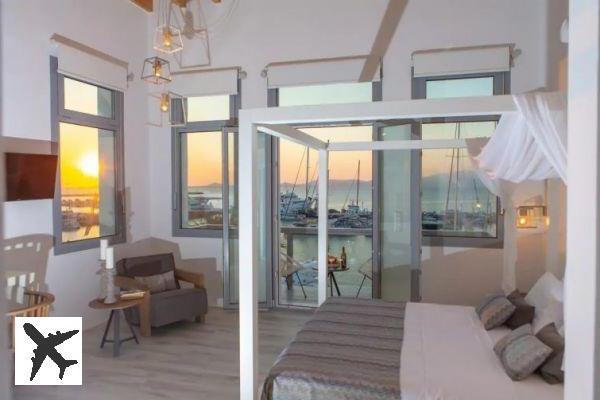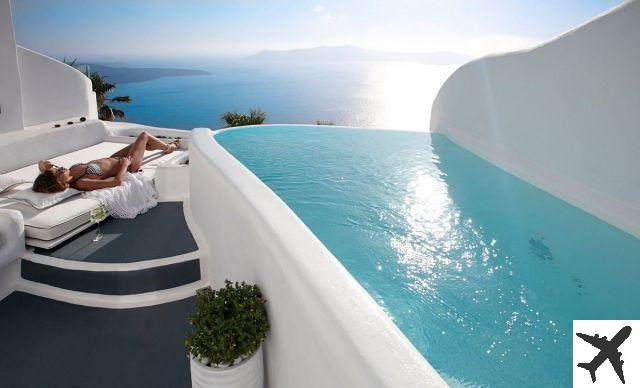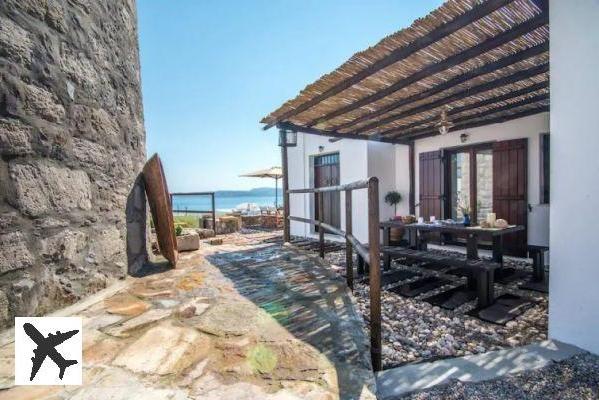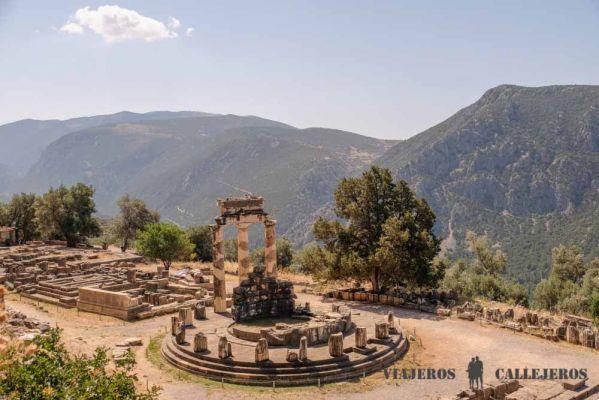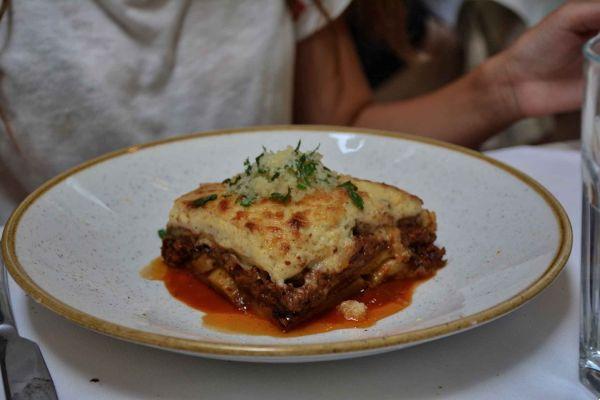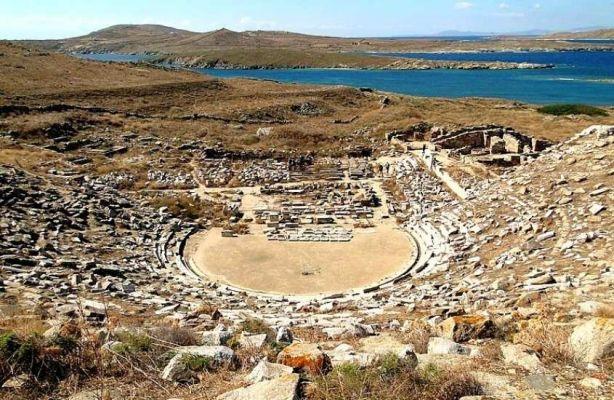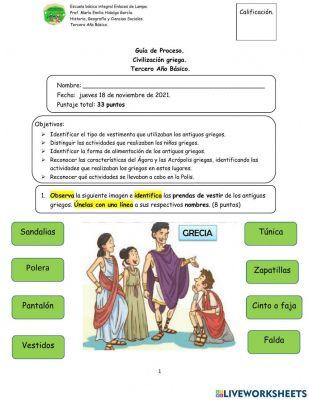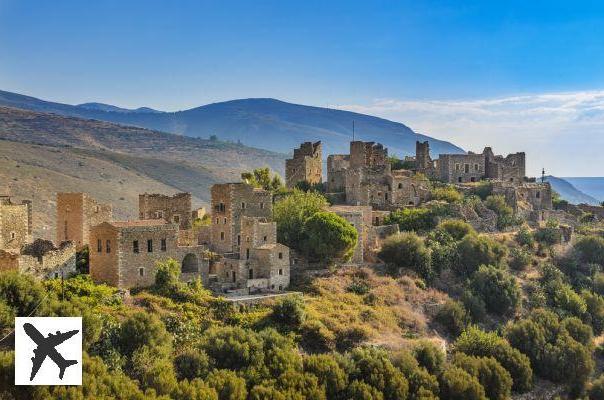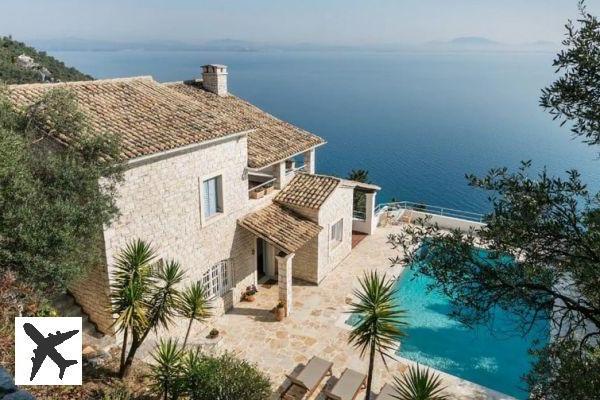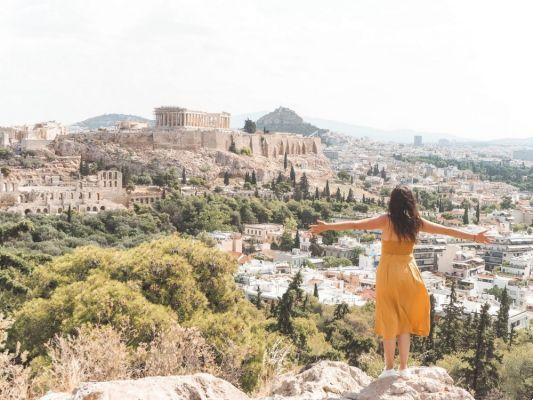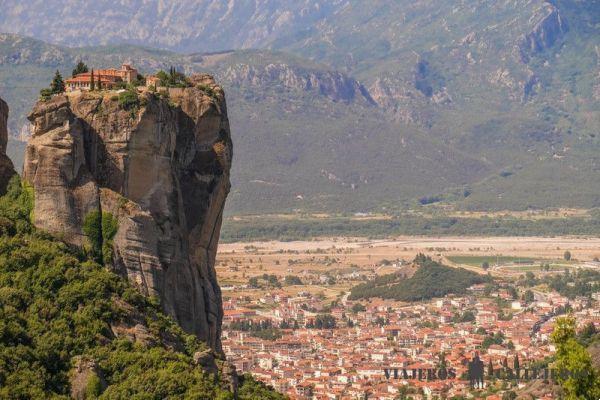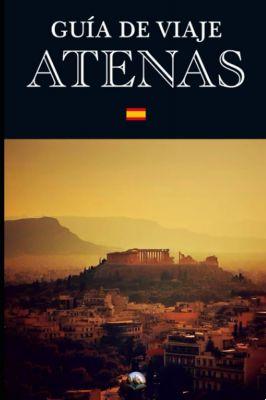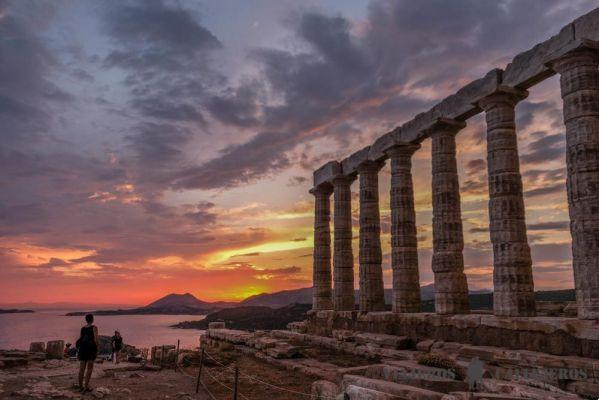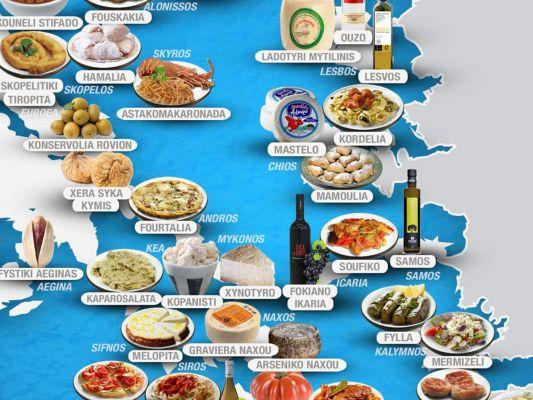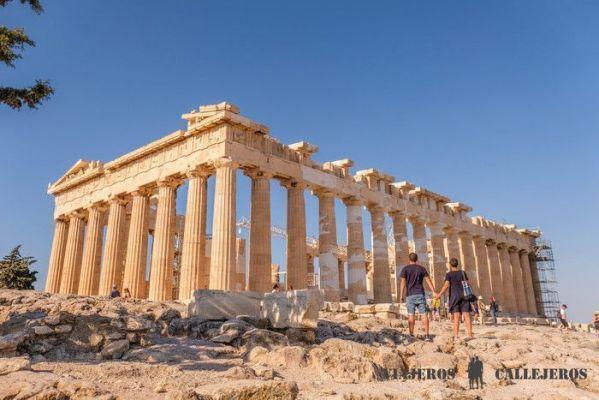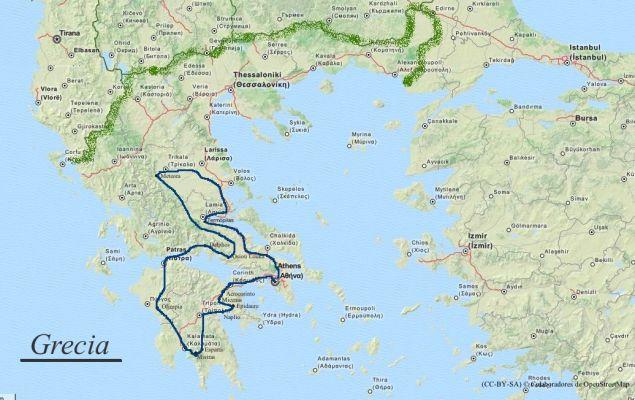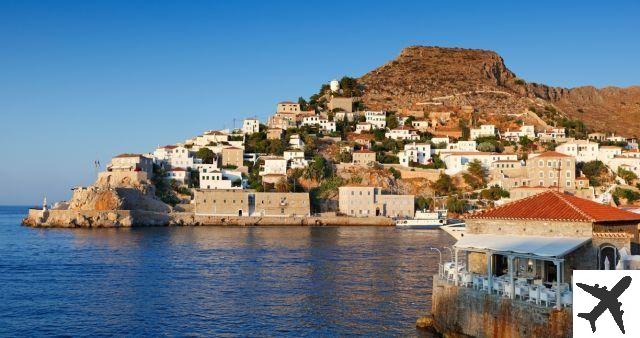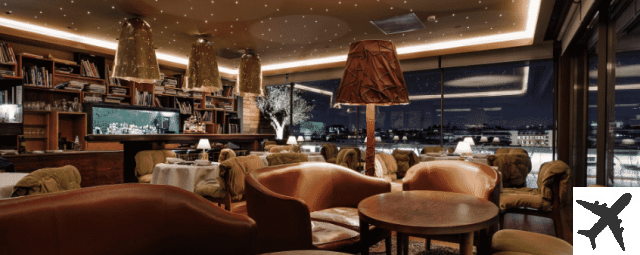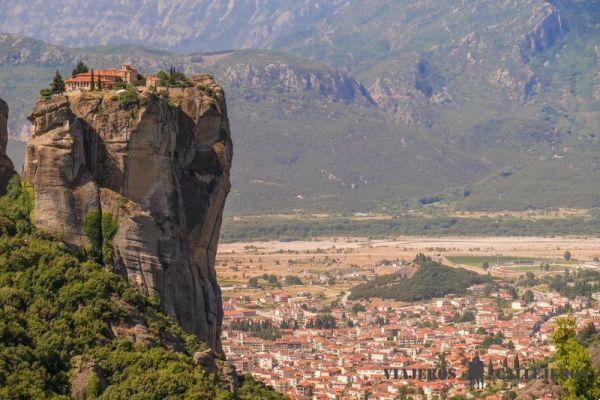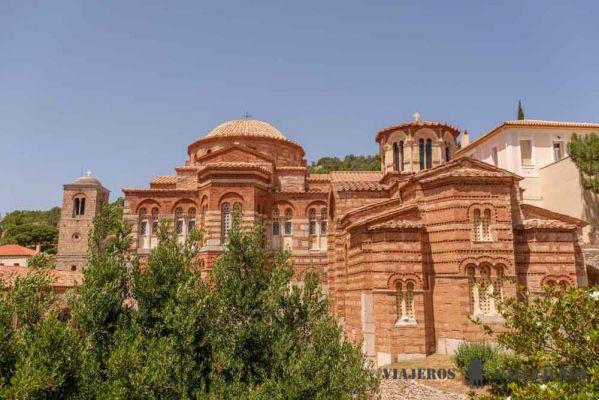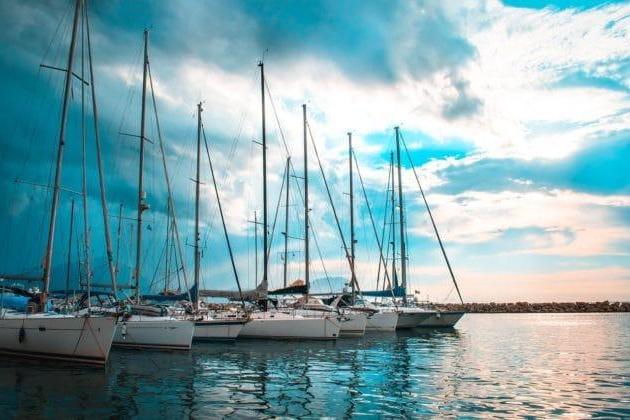
Are you leaving to discover Greece and the famous Peloponnese peninsula? Here are the districts where to stay in Patras!
The fourth largest city in Greece with 167,446 inhabitants (2011), Patras is located in the north of the Peloponnese, in the ancient region of Achaia. It is also the capital of the most famous carnival in Greece. Resolutely vibrant, young, festive and dynamic, Patras is the main port of the Ionian Islands, from where one can dock to visit Zakynthos, Kefalonia, Delphi or Olympia.
Patras is little known to the general public, yet it has many assets to offer its guests: a Greece off the beaten track, strong Venetian and Byzantine identities, an impressive cultural heritage. A small city formed around seven villages in antiquity, then occupied by the Venetians and the Byzantines, Patras' past is a mixture of pain and prosperity dating back more than 3,000 years. Nicknamed the "Western Gateway to Greece", Patras is one of the poorest cities in the country despite its industrial and commercial basin.
The city is divided into a lower city, with a port and a commercial centre, and an upper city, where the multimillennial castle is located. Here are the areas where to sleep in Patras.
Also read :
The 20 most beautiful Greek islands to do absolutely
Visit the Cyclades: the 14 islands to do absolutely!
How do you get to Patras from Bari by ferry?
Kampielo, the old town
The old town and the castle - the kastro -, built by the Byzantines, overlook the city. Most of the city is built on the hillside and is therefore sloping: get good shoes! The old quarter, on the heights, is called Kampielo. It allows beautiful walks in the bowels of the narrow streets, dotted with traditional Greek houses and decorated with arcades.
Visit the fortress, the Pantokratoras church - a 19th century Ionian-style Orthodox church located on Pantokratoros street -, the ancient Roman odeon (from the 1st century, the oldest ancient monument in Patras), and end with the kastro, the Patras Castle, erected majestically at the foot of Mount Panachaiko. It was built in the 6th century on the ruins of the ancient Acropolis (destroyed by an earthquake in 551) at the instigation of Emperor Justinian. Further north, the archaeological museum is a must-see in the city: it is the second largest museum in Greece, retracing the history of the city from Prehistory to Roman times.
Good to know: As there are few hotels in Kampielo, you can choose to stay in a private home.
Find a holiday home or apartment in Patras
The Lower Town
The lower town is the old port district, the modern city. Going down the St. Nicholas' Stairs - picturesque and offering a superb view of the city, the sea and the mountains, especially at sunset - leads to streets leading to the port, with many restaurants, bars and cafes.
The town centre has beautiful pedestrian streets built in a checkerboard pattern, lively by day and night: shopping during the day, they come alive from 6 p.m. onwards with a crowd of young and festive night owls. Along the port, explore the Basilica of Saint Andrew (dating from 1974), the largest church in Greece and the second largest in the Balkans. Other attractions in the area are the famous cable-stayed bridge, the Rion-Antirion Bridge, the third longest cable-stayed bridge in the world at 2,883 metres, commissioned in 2004 to link the Peloponnese with mainland Greece.
By choosing to stay in Patras in the lower city, you will have access to all the shops, to all the places for night and day outings, all at the foot of the hotel where you can sleep.




